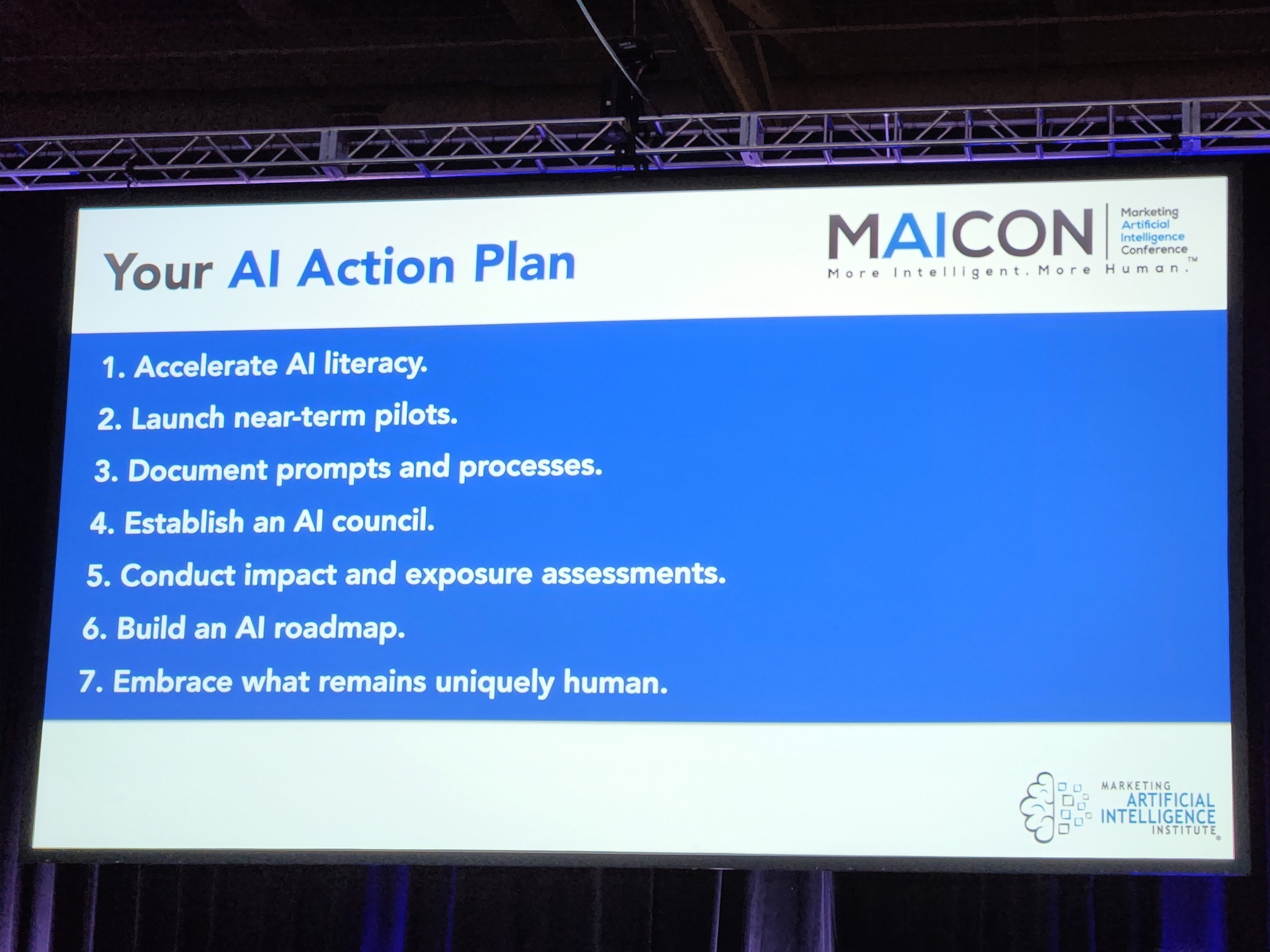author
William McKee
The Shift from Universal Analytics to Google Analytics 4 (GA4)
In the ever-evolving landscape of digital marketing, nothing stands still for long. As advancements in marketing and data software multiply, we're seeing a paradigm shift that's hard to ignore. At the heart of this change is the transition from Google's Universal Analytics (UA) to Google Analytics 4 (GA4). This isn't merely an upgrade but a shift that requires preparation, understanding, and swift action, especially given the rapidly approaching July 1, 2023, deadline for migrating from previous Google Analytic generations, specifically Universal Analytics (UA). After this date, UA will no longer collect data, making the transition to GA4 a pressing priority.
Launched in 2005, Google Analytics paved the way for a new era of data-driven decision-making. UA, or GA3, was the cornerstone of data analytics before GA4 came strutting onto the scene in October 2020. While new websites created post-October 2020 might already be leveraging GA4, digital marketing teams using the long-standing Classic and Universal Google Analytics versions must prepare for this significant shift.
The Benefits of GA4
UA has been a staple tool for marketers for years. Its strength lies in tracking page views, impressions, and specific goals. But, the session-based data model of UA presents challenges. For instance, tracking specific goals requires manual tagging – a process that can be time-consuming and restrictive.
On the other hand, GA4 ushers in a new, simplified approach to data collection and structuring. By viewing all data as events rather than individual impressions or goals, GA4 aggregates data streams more efficiently. In addition, GA4 auto-registers certain events, eliminating the need for manual tagging that was a staple in UA.
The countdown is on. With less than two months until UA stops collecting data on July 1, 2023, transitioning to GA4 must be a key item on your agenda. Neglecting to make this move could significantly disrupt your marketing strategies and data analysis capabilities.
GA4 is more than an upgrade; it's a game-changer. It employs modeling of first-party data to track events across multiple platforms and offers granular data like geographic locations and purchase values. Additionally, it provides rich engagement metrics that arm you with valuable insights for more targeted marketing campaigns.
Preparing for the GA4 Migration
As the clock ticks towards the July 1, 2023 deadline, it's not only about understanding GA4's benefits but also about proactive preparation. Start by exporting your crucial historical data reports from UA and storing them safely in secure Cloud storage. Since these reports will eventually become inaccessible as UA phases out, safeguarding your data history is essential.
Learning the nuances of a new platform can be daunting, but it's a journey worth undertaking. GA4 is the key to more streamlined reports, broader tracking capabilities, and refined marketing strategies. At Knowmad, we're committed to helping you navigate this transition with ease. Our marketing experts stand ready to guide you at every step of the GA4 journey.
Get Ready for GA4
In conclusion, it's time we turn our gaze toward the future of digital marketing with GA4. The countdown to July 1, 2023, is well underway. So seize this opportunity and step confidently into the new age of data-driven marketing, taking your strategies to unprecedented heights with GA4. Remember, the future belongs to those who prepare for it today. Let's get ready for GA4, and let's start now.
Talk to an expert for more information about safely and effectively transitioning your Google Analytics account to Google’s newest gen analytics tool.
.webp?width=900&height=548&name=wyatt-mobile%20copy%20(2).webp)

